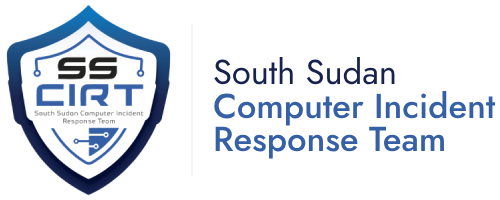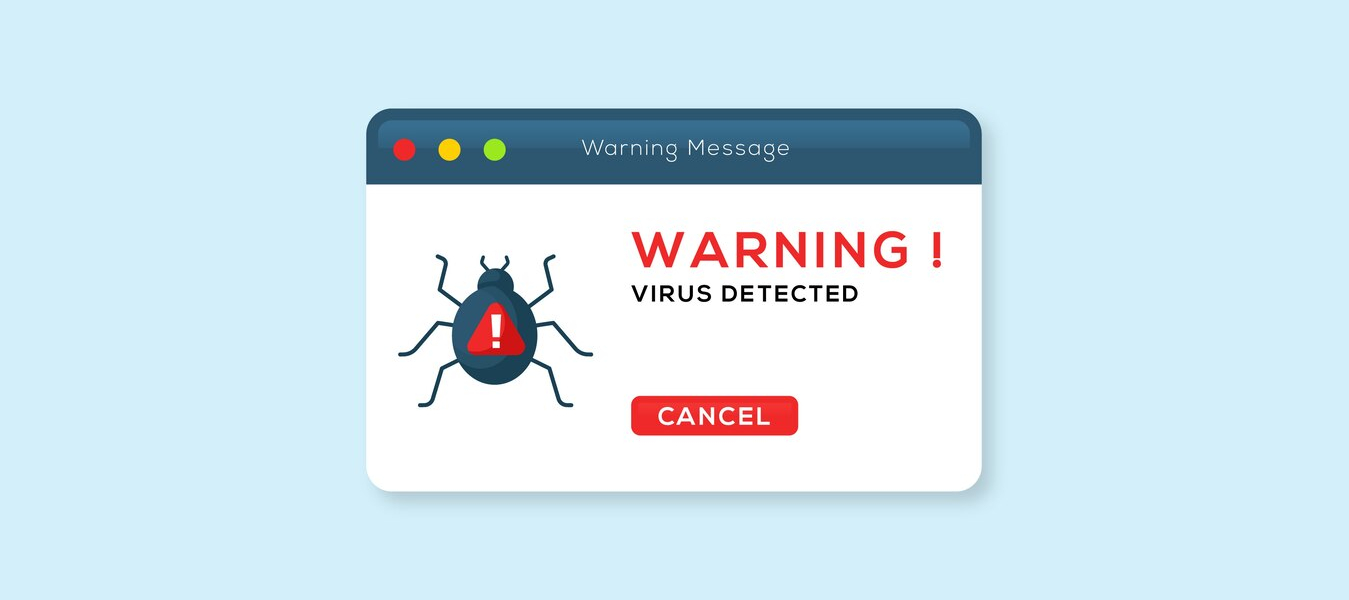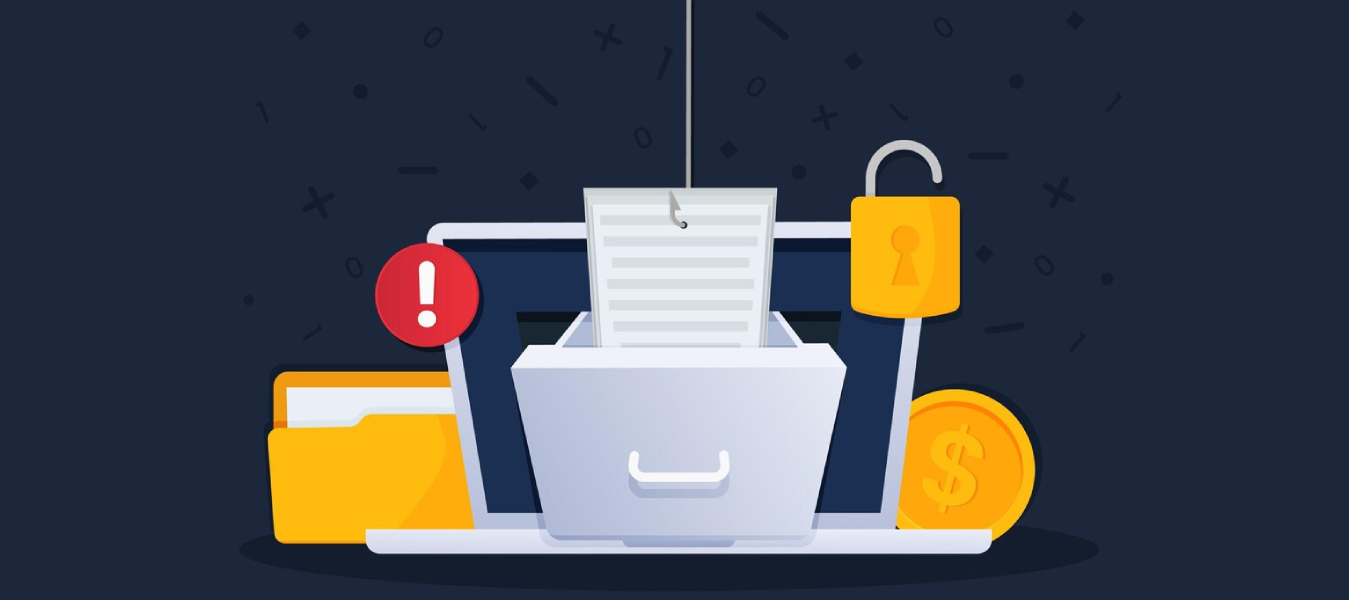
Cross-Site Scripting
What is Cross-Site Scripting (XSS)?
Cross-Site Scripting (XSS) is a type of cyberattack in which attackers inject malicious scripts into web pages viewed by other users. These scripts execute in the context of a user’s browser, allowing attackers to steal sensitive information, manipulate content, or perform actions on behalf of the user without their consent.
Types of XSS Attacks
XSS attacks come in various forms, including:
- Stored XSS: Malicious scripts are permanently stored on a target server and served to users.
- Reflected XSS: Malicious scripts are embedded in URLs and trick users into clicking on them.
- DOM-based XSS: Scripts manipulate the Document Object Model (DOM) of a web page directly.
- Non-Persistent or Transient XSS: Malicious scripts are delivered to specific users via manipulated links.
Motivations Behind XSS Attacks
Motivations for XSS attacks include:
- Data Theft: Stealing sensitive information such as login credentials or personal data.
- Session Hijacking: Gaining unauthorized access to user sessions.
- Defacement: Altering the appearance or content of a website.
- Phishing: Redirecting users to fraudulent websites to collect credentials.
- Malware Distribution: Injecting scripts that lead to malware downloads.
- Reputation Damage: Harming the reputation of a website or organization.
How Cross-Site Scripting Works
Attack Vectors and Techniques
XSS attacks work through various vectors and techniques, including:
- Script Injection: Embedding malicious scripts in input fields, comments, or user-generated content.
- Document Object Model (DOM) Manipulation: Exploiting vulnerabilities in client-side scripts to manipulate the DOM.
- Cross-Site Request Forgery (CSRF) with XSS: Initiating unauthorized actions on behalf of a user.
- Bypassing Content Security Policy (CSP): Evading security measures implemented to prevent XSS.
Consequences of Successful XSS Attacks
The consequences of successful XSS attacks can be severe, including:
- Data Theft: Stolen user credentials, personal information, or financial data.
- Session Hijacking: Unauthorized access to user accounts.
- Defacement: Alteration of website appearance or content.
- Phishing: Leading users to fraudulent websites to collect sensitive information.
- Malware Distribution: Injection of scripts leading to malware downloads.
- Reputation Damage: Harm to the reputation and trustworthiness of a website or organization.
Preventing Cross-Site Scripting
Best Practices for Individuals
Individuals can protect themselves from XSS attacks by:
- Being cautious about clicking on unfamiliar or suspicious links.
- Keeping web browsers and plugins up to date.
- Using browser extensions that block malicious scripts.
- Avoiding inputting sensitive information on untrusted websites.
- Enabling browser security features, such as Content Security Policy (CSP).
Best Practices for Businesses and Organizations
Businesses can enhance their cybersecurity by:
- Implementing Content Security Policy (CSP) headers on web pages.
- Validating and sanitizing user inputs in web applications.
- Conducting regular security assessments and penetration testing.
- Educating developers on secure coding practices and XSS prevention.
- Utilizing web application firewalls (WAFs) to filter out malicious traffic.
- Monitoring and reviewing website traffic for anomalies.











